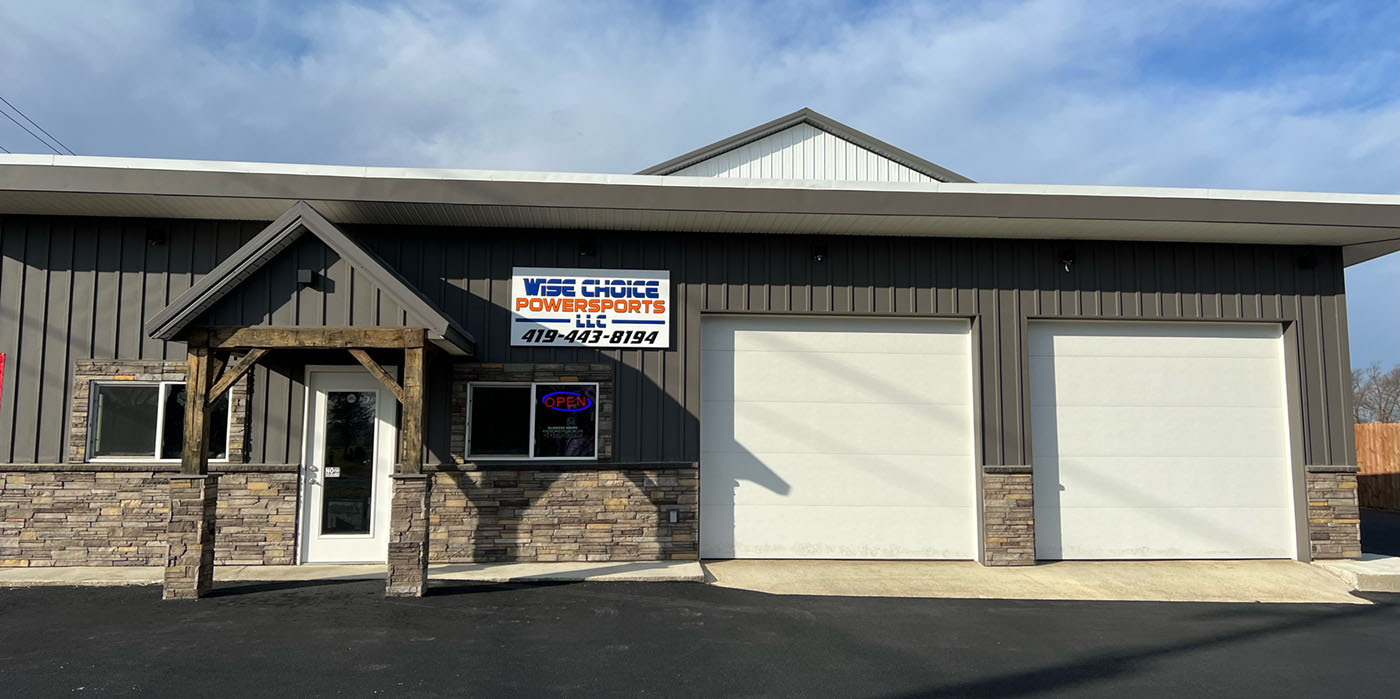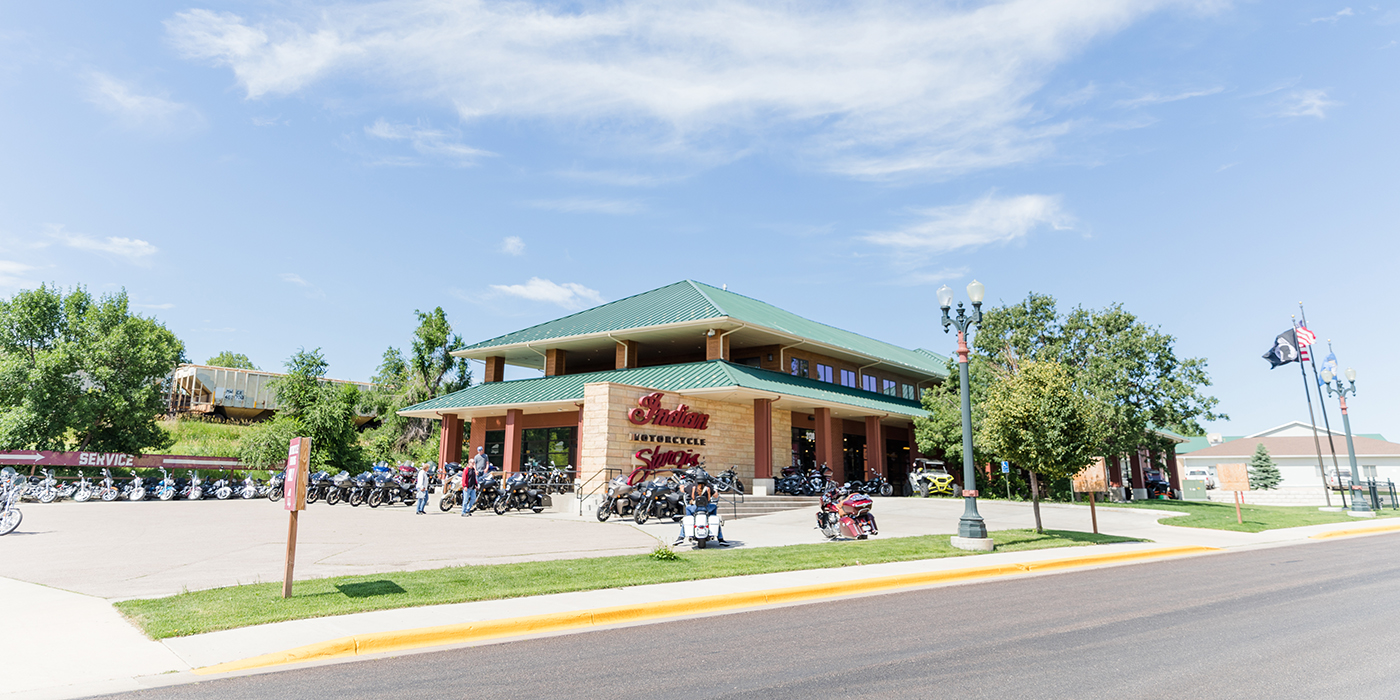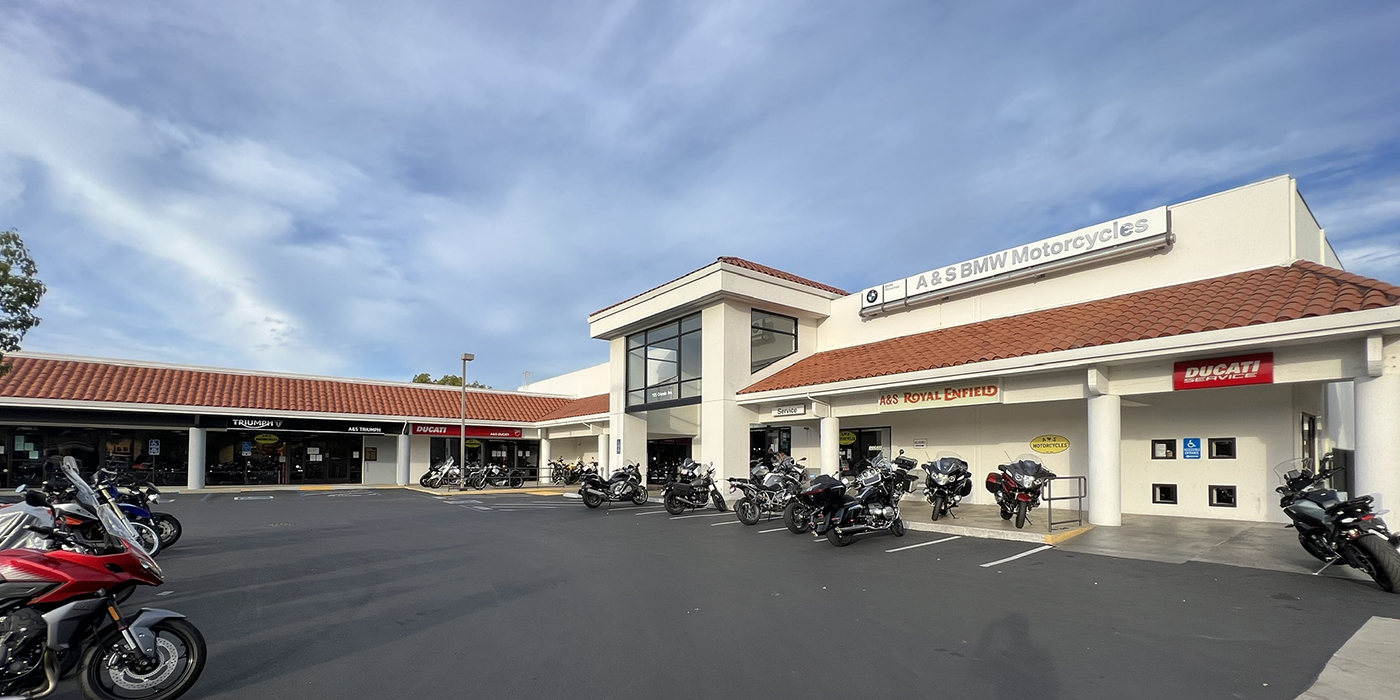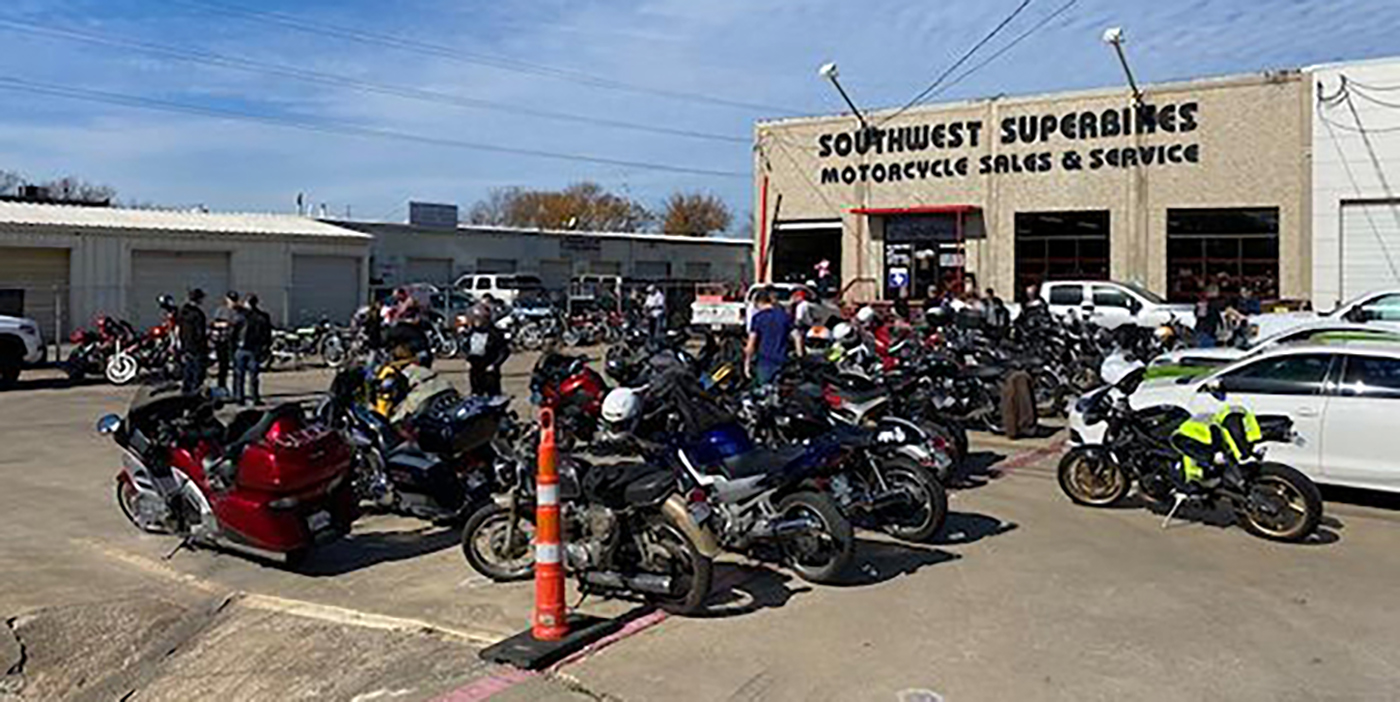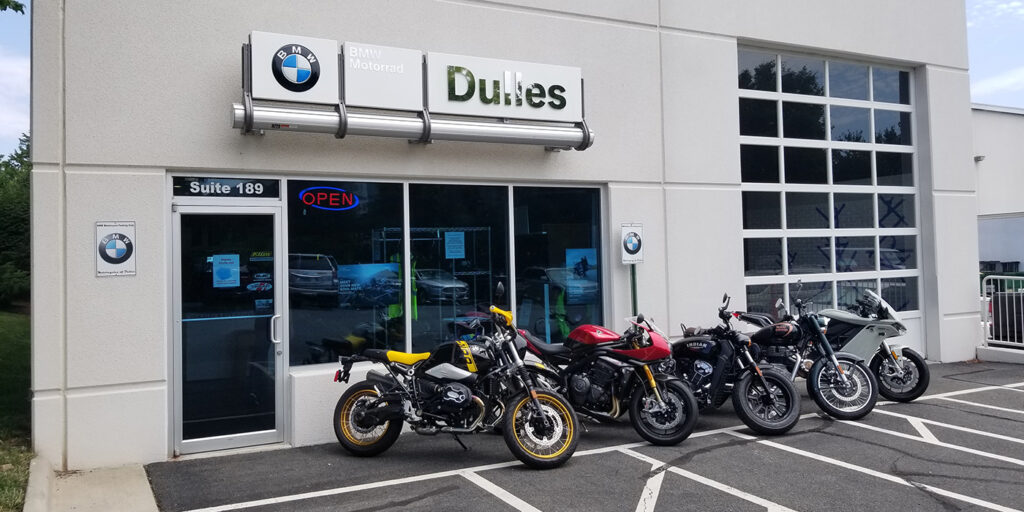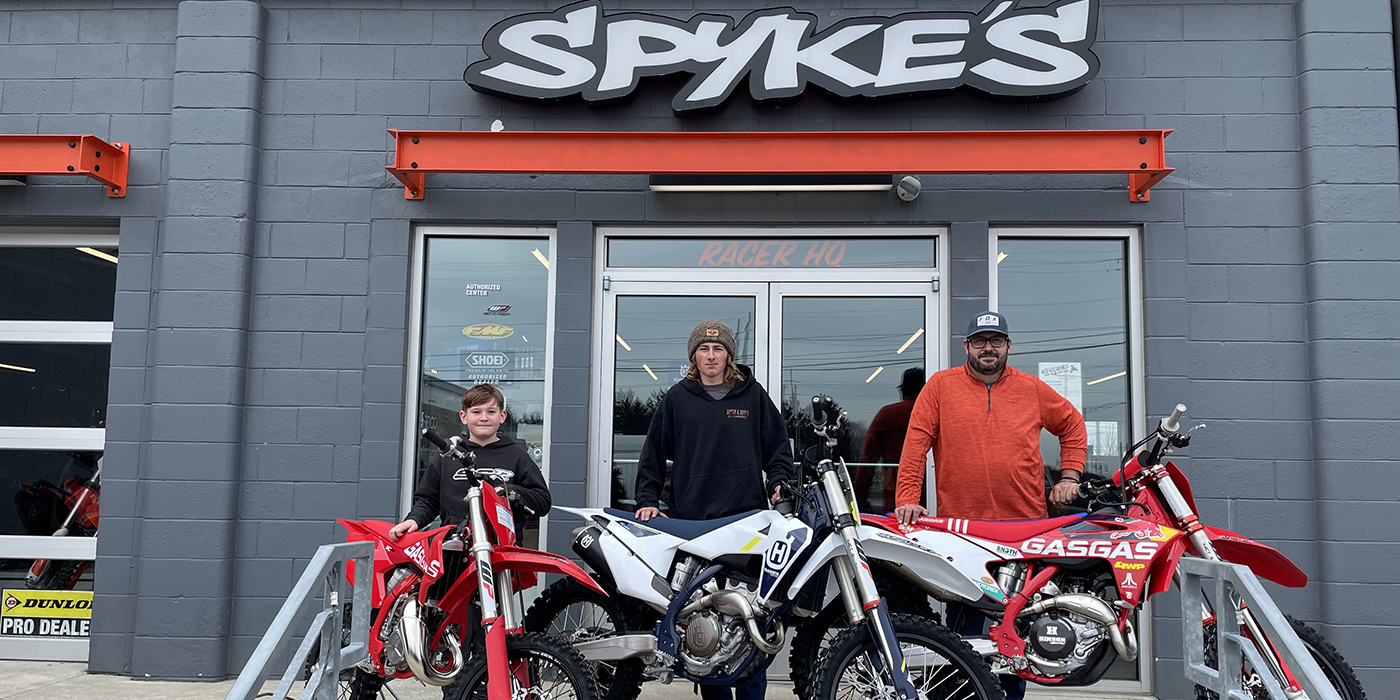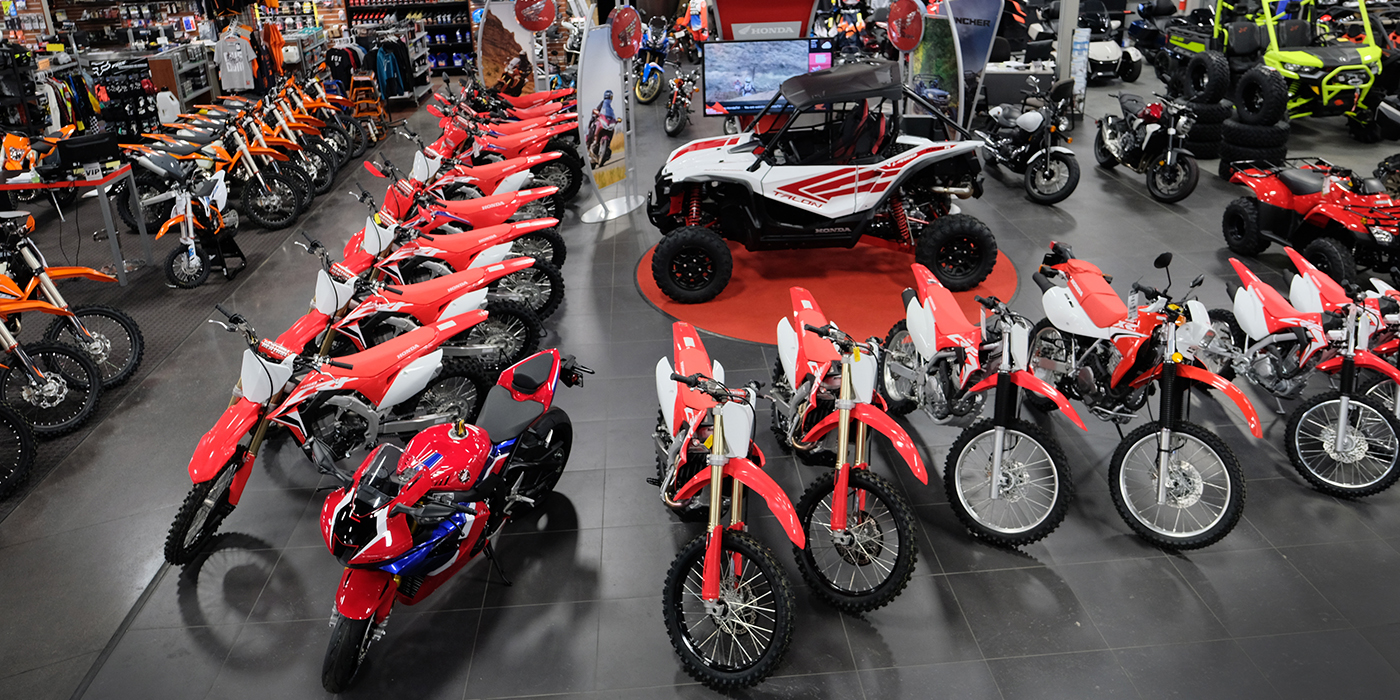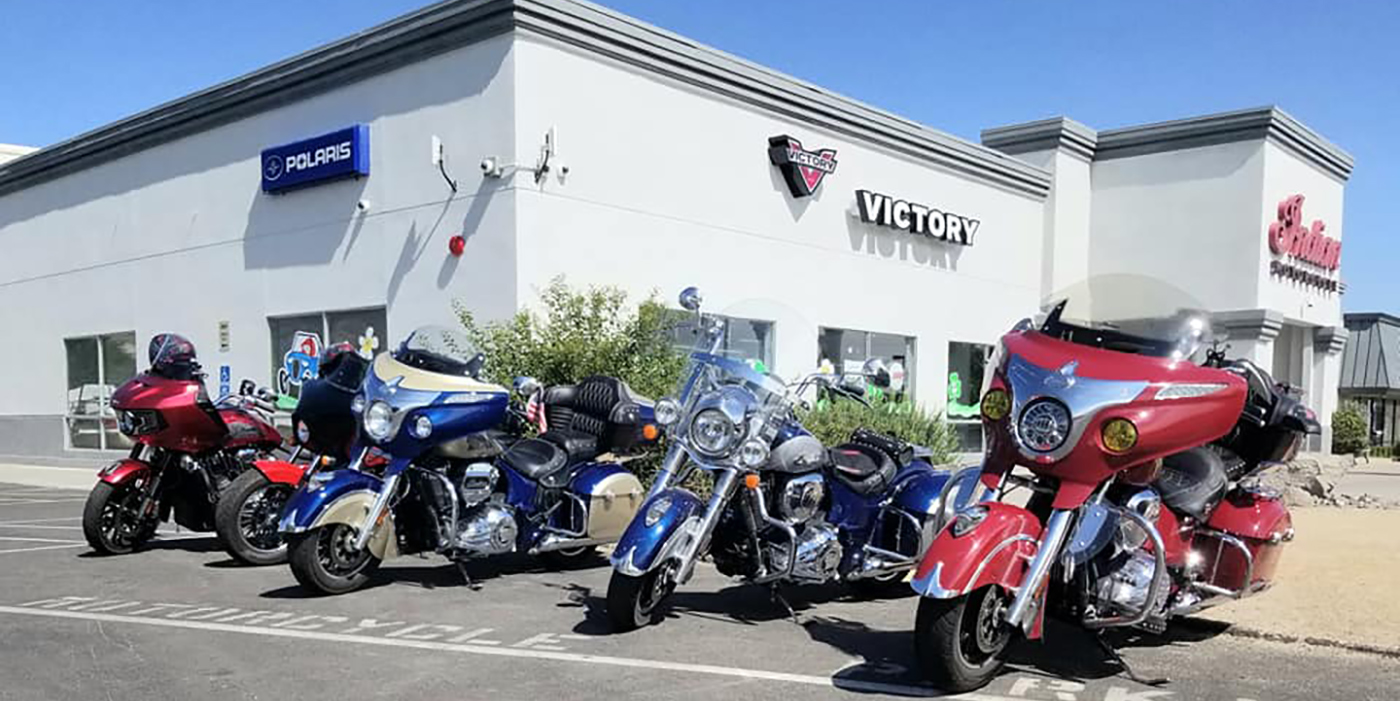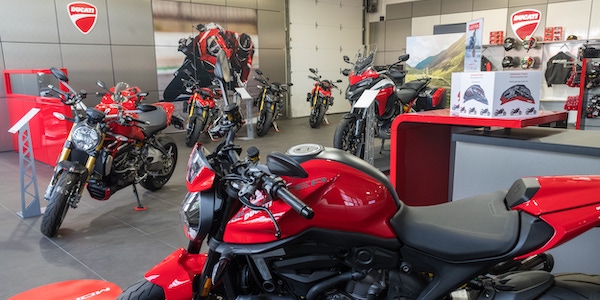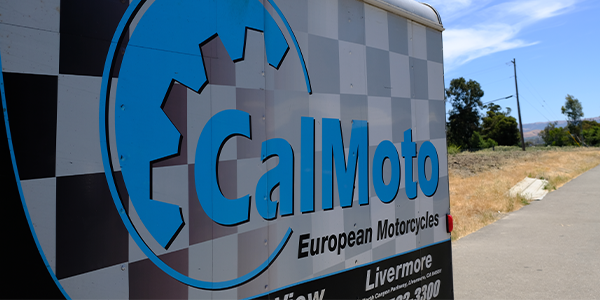Picture yourself in this scenario: You’re working behind the counter of a fast food restaurant, but you don’t have a register or system in place to take orders. Menu items, price, stock quantity, communication tools and accounting are no longer at the push of a button. Your only option is to take out a piece of paper and write it all down manually. This is quite time consuming and inefficient to say the least.
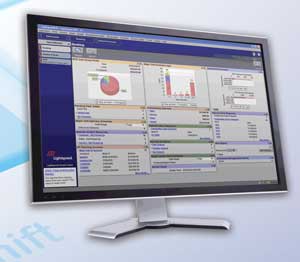
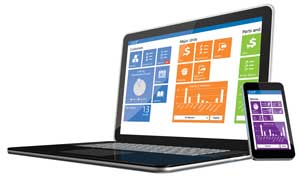
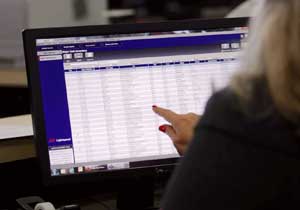
This scenario is what some industry experts relate to a dealership operating without a dealer management system (DMS). While a dealer management system is much more robust than a fast food register, the idea is similar. A DMS is software that connects all the departments of your dealership together and allows your business to function with more efficiency and productivity while also giving you performance reports and opportunities to maximize profits.
Not all DMS are created equal, however. In theory they aim to accomplish similar tasks for a dealer, but in practice each one varies in its scope, capability and depth within a dealership’s operation, and for good reason – not all dealerships are created equal, either.
DMS are not new to the powersports industry. In fact, they have been around a while and dealers themselves have been responsible for making these offerings more robust and its capabilities farther reaching. Continuous innovation and technology trends among DMS providers keep pushing the envelope in this market, making it nearly impossible for dealers to ignore the benefits of these systems any longer.
Out with the Old, In with the New
“How dealers were doing it before with just paper tickets is very, very old,” says C.R. Gittere, owner of Service Manager Pro. “I think not having a DMS in place to operate your business devalues your company’s potential by a lot of zeros. That is the biggest drawback to not having a DMS.”
A DMS enables the dealer to track the performance of each department and the dealership as a whole at any point in time. It also collects and stores data, which allows the user to reduce the time needed to perform daily functions such as repair, order entry, billing, invoicing, etc. Since each department is in some way dependent on other departments within the dealership, having one central dataset for each to share means you can get a complete picture of the customer value proposition throughout the store.
With a fully utilized DMS, you not only can do the day-to-day operations, but you are capturing and retaining data that can help you spot trends, market to your customer base and budget and forecast for growth. Having a DMS that allows you easy access to the data and provides built-in reporting capability will streamline your day and help your personnel be more efficient and effective.
With today’s dealerships comprised of as many as five operating departments – new unit sales, used unit sales, finance, service and parts, garments and accessories (PG&A) – there’s a lot for a DMS to keep track of.
“One of our main strengths is that we cover all the modules of the dealer in a very integrated fashion,” says Greg Smith, vice president and general manager, ADP Lightspeed. “Whether it’s sales, service, parts, accessories and accounting, all those work together in a very seamless fashion. Where Lightspeed is head and shoulders above most folks is the integrated accounting, the way transactions are seamlessly posted to accounting, the financial reporting it can give you, and all the ways it can help improve profit.”
Accounting and managing profitability is becoming very important for dealerships to be able to survive and prosper, and that’s where ADP has put its focus. On the other hand, Dominion Powersports Solutions’ DMS known as DX1, focuses on integrating marketing aspects of a dealership.
“The few things that make DX1 unique is No. 1 being that overall business management platform,” says CJ Pedler, director of customer support, Dominion Powersports Solutions. “Instead of the traditional DMS having been focused on the operations aspect – the parts, sales, service, accounting and the reporting of all of that – DX1 certainly brings all of that in, but then it goes into marketing and customer relationship management (CRM) to expand upon the idea of what a DMS is.”
According to Pedler, the marketing and social media aspect of DX1 works like this – if somebody was checking out a dealer’s bike on Facebook, Cycle Trader or on your website and they entered their information to say they’re interested in buying the bike, DX1 will pull that information from the end user into the system so you can start the lead management process. Whether they end up buying the bike or not, all their information will already be in the system the next time they come into the dealership.
Easy information is the name of the DMS game, and ADP Lightspeed, DX1 and others such as Brainstorm, Commander and nizeX, offer dealers functionality in sales, service and PG&A. However, a full-blown DMS has so many dealer aspects to track that it’s nearly impossible for these systems to offer the best solutions for individual aspects within a dealership such as service and parts.
Solutions such as Service Manager Pro’s Spec Link Technology or ARI’s PartSmart and AccessorySmart, work along with a DMS to enhance aspects of a full system.
“We specialize in the service department and developed a technology called Spec Link Technology that links up fluid levels and tightening torques to part numbers; part numbers, fluid levels and tightening torques to services; and fluid levels, tightening torques, part numbers and services to standard jobs,” Gittere says. “Spec Link Technology won’t just tell you what you should do to a 5K service, it also tells you what’s required to do that service. It answers the entire question. The speed in which things get done compared to what it was before my system came out is the equivalent of going from a bicycle to a GSXR 1000.”
ARI’s product offerings also enhance how a DMS can benefit a dealer. “DMS is fantastic for purchase orders and all the tactical accounting elements, but the one place where they don’t have quite as much information is what product or part do you need,” says Brad Smith, vice president of products, ARI. “That is where our product solutions plug in really nicely.”
A DMS will often have part numbers preloaded or the dealer goes in and adds all of that, but it’s flat information. ARI’s software helps fill in that gap.
“When you connect PartSmart you can see your current in-store availability like quantity on hand, bin location and price for any given part,” says Smith. “You can also build a pick list if you need several items. Once you’ve identified the parts you need you don’t have to re-key those into your DMS, it is already done for you.”
ARI’s AccessorySmart does a very similar thing, but it does all of that for the PG&A world. “AccessorySmart is a very dynamic electronic catalog that operates like Amazon,” Smith says. “You punch in a make, model, year and see every product that will fit that.”
Trending Up
Dealer management system companies are always looking to improve the in-store experience for a dealer and subsequently the customer. The trends today in the DMS market surround hosted offerings such as cloud or web-based DMS.
“About 40 percent of our dealers now are hosted in the cloud,” says Greg Smith. “It wouldn’t surprise me if we were 80- 90- or 100 percent hosted in the next couple of years because it’s so much easier for the dealer.”
The cost of implementing servers can run a dealer upwards of $20,000 to $30,000. A cloud-based or a web-based system functions off of an Internet connection and eliminates the need for a server. While there is still a cost associated with both of these solutions, the price is minimal in comparison and the offering is superior.
“Cloud-based technology is always accessible and always available,” says Pedler. “It’s less expensive, provides a lot of computing power and it takes things out of the dealer’s hands like having to update it or do back-ups.”
Another trend within the DMS market is data standardization. Standardization ensures all data entered is a single source and is all the same. For instance, if someone stocks a Yamaha YZ250, it could be spelled YZ 250, YZ-250 or YZ/250. If you want to know how many you sold, you have to run reports and add those different spellings together, where with data standardization those totals would be available with the touch of a button.
As consumers and dealers alike continue to work on the go, another trend is mobile capabilities. Apps where dealerships can access specific portions of their software via their smartphone or tablet are beginning to be seen. “When an employee doesn’t have to serve the customer from a fixed spot in the store, it really opens the experience to be more customer-focused,” says Joy McClanahan, sales manager, nizeX.
And lastly, dealerships are realizing how vital an integrated CRM system is to improving their return on investment for marketing. “CRM is another tool to help dealerships increase profitability and productivity,” McClanahan says. “I think these products are going to get increasingly more sophisticated to address the needs of a changing market.”
With seemingly nothing but upside for DMS, there are still dealers who have doubts about them – One big reason being the upfront cost.
“Dealers are going to have to spend some money,” Pedler says. “Once you get passed initial cost and explain to a dealer all the places they’re going to save time and that time equates to money, it’s really all upside. On average a DMS with the capabilities of a DX1 can save a dealer around 800 hours a year.”
There is no doubt a DMS is an investment, but there are very tangible returns if you get a feel for how to correctly deploy it. Dealers can no longer argue the impact of a DMS.


